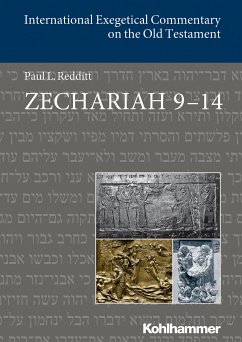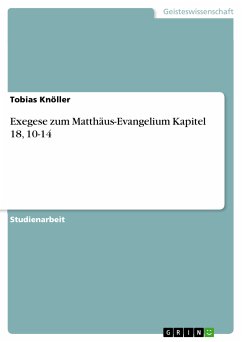It will be argued that Zechariah 9-14 consists of four collections of traditional eschatological hope (9:1-17; 10:3b-12; 12:1-4a, 5, 8-9; and 14:1-13, 14b-21). Of the collections, the first three included hopes vital during the first half of the Persian period. The fourth collection (chapter 14) seems to have arisen later than the other three (though still before the time of Nehemiah) and expressed much more pessimism. These variations were then supplemented by a collection (12:6-7; 12:10-13:6) that is pro-Judean vis-à-vis Jerusalem and by the shepherd materials, which contradict the hopes of the first two collections. This final stage probably arose after the time of Nehemiah, i. e. after the city grew strong enough to raise the ire of Judeans outside the power structure. It is plausible to conclude, therefore, that the redactor of Zechariah 9-14 assembled the four collections and revised them by means of the supplements in 12:6-7, 12:10-13:6 and the shepherd materials.
Dieser Download kann aus rechtlichen Gründen nur mit Rechnungsadresse in A, B, BG, CY, CZ, D, DK, EW, E, FIN, F, GR, H, IRL, I, LT, L, LR, M, NL, PL, P, R, S, SLO, SK ausgeliefert werden.









